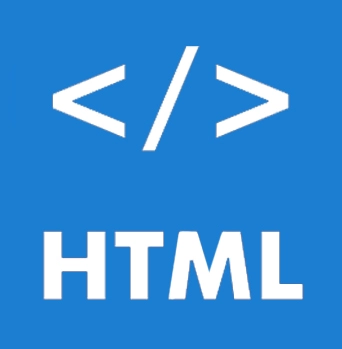


There are lots of tags available to format the text of an HTML page. Following is the list of tags you can use for text formatting.
1. <b>…</b>
The <b> tag is used to define a portion of the text in bold without carrying any special importance.
Syntax:
<b> This is bold text.</b>
2. <strong> …</strong>
It is used to describe an important text which means, <strong.> tags should be used when the text has strong importance or a sense of urgency or seriousness. The <b> tag has not conveyed any tone of urgency or seriousness for the text; it brings only attention to a span of text without increased importance.
Syntax:
<strong> This is strongly important text </strong>
3. <i>…</i>
The <i> tag is used to define a portion of the text in italic format. <i> tag is often used to represent a technical term, a thought, a phrase from another language, and taxonomical designations, etc.
Syntax:
<i> This is italic text. </i>
4. <em>…</em>
The <em>tag is used to define emphasized text. By default, the visual result of <em> and <i> tag is the same. However, the semantic meaning is different. The <em> element provides stress emphasis of its contents, while the <i> element represents text that is set off from the normal prose.
Syntax:
<em> This is emphasized text. </em>
5. <mark>…</mark>
The <mark> tag is used to represent text that should be marked or highlighted.
Syntax:
<mark>This is highlighted text </mark>
6. <code>…</code>
The <code> tag is utilized to define a piece of computer code. The content inside is exhibited in the browser's default monospace font.
Syntax:
<code> This is computer code </code>
7. <small>…</small>
The <small> tag is used to define smaller text (like copyright and other side-comments).
Syntax:
<small> This is small text</small>
8. <sub>…</sub>
HTML subscript text can be defined with <sub> tag, which normally appears half a character below the normal line, and is sometimes rendered in a smaller font. For example, when dealing with the chemical formula of Water H2O, the number 2 is rendered as a subscript.
Syntax:
This is an example of <sub> subscript </sub>
9. <sup>…</sup>
HTML superscript text can be defined with <sup> tag. For example, when dealing with an equation of mass-energy equivalence such as E=mc2, the number 2 is rendered as superscript. This superscript text has a smaller font and appears with a raised baseline.
Syntax:
This is an example of <sup> superscript </sup>
10. <del>…</del>
The <del> tag is used to represent a range of text that has been deleted or erased from a document. It will strike a line through deleted content.
Syntax:
This is an example of <del>deleted text</del>.
11. <ins>…</ins>
The <ins> tag can be used for the opposite purpose of <del> tag, which means, to indicate a range of text that has been added to the document.
Syntax:
This is an example of <ins>inserted text</ins>
Let us see the example of an HTML program to implement different HTML Tags for Text Formatting.
<!DOCTYPE html>
<html>
<head>
<title> HTML- TEXT FORMATTING </title>
</head>
<body>
<p>This is an example of <b>bold text</b>. </p>
<p>This is an example of <strong>strongly important text</strong>. </p>
<p>This is an example of <i>italic text</i>.</p>
<p>This is an example of <em>emphasized text</em>.</p>
<p>This is an example of <mark>highlighted text</mark>.</p>
<p>This is an example of <code>computer code</code>.</p>
<p>This is an example of <small>smaller text</small>.</p>
<p>This is an example of <sub>subscript</sub> and <sup>superscript</sup> text. </p>
<p>This is an example of <del>deleted text</del>.</p>
<p>This is an example of <ins>inserted text</ins>.</p><p>
</body>
</html>